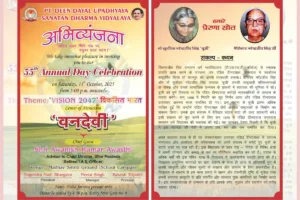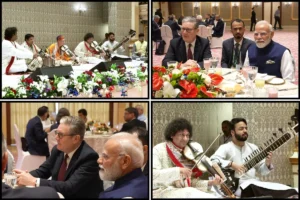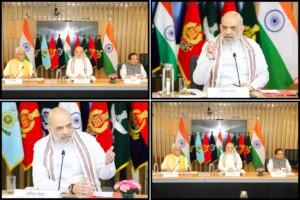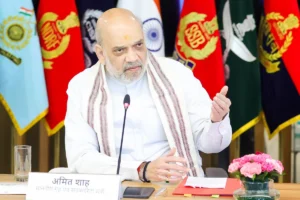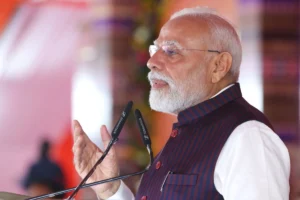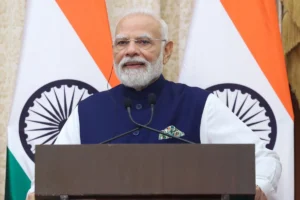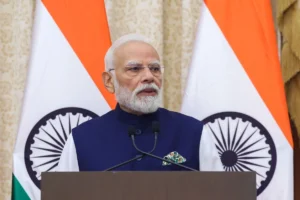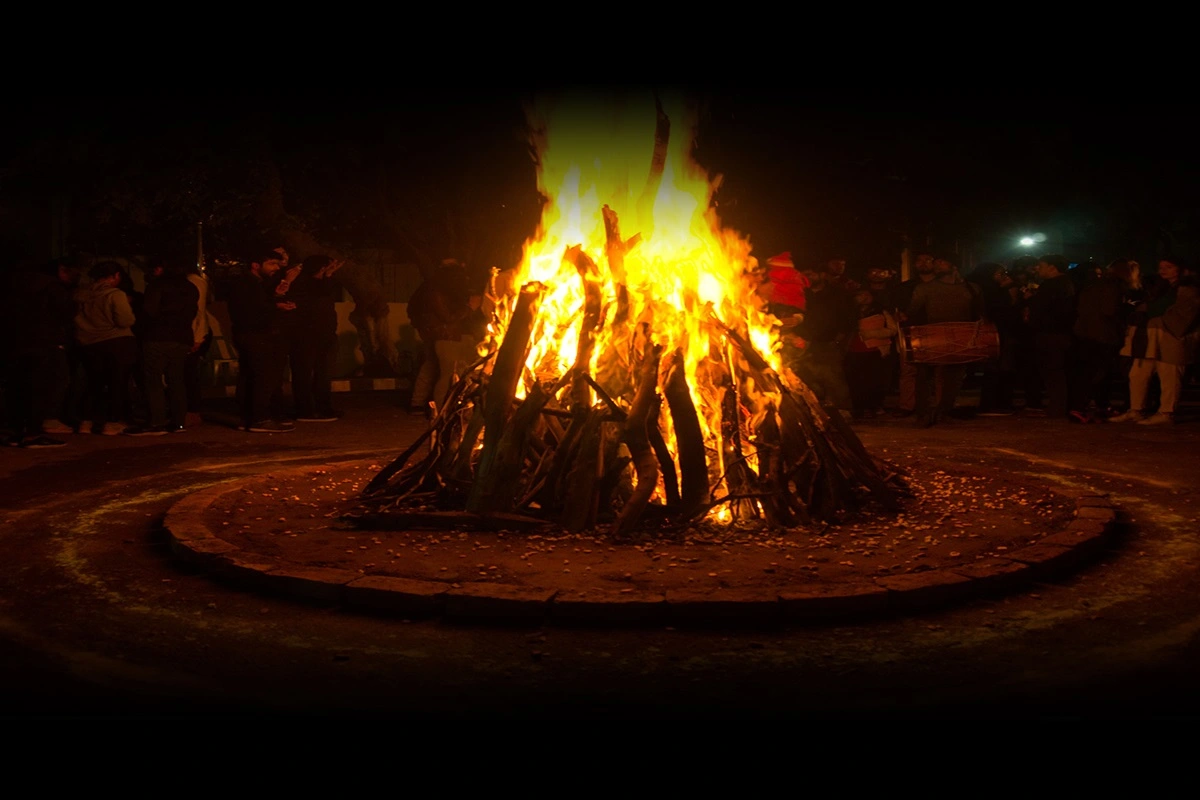
Lohri 2024
Lohri is celebrated in parts of northern India, especially Punjab and neighbouring states, to mark the beginning of the harvest season. This year the festival falls on January 14, Sunday. While Lohri is primarily a Punjabi festival, it is celebrated by many people across the country who light bonfires and dance to welcome longer days after the winter solstice. Celebrations are extra special in households where there has recently been a marriage or a birth. Foods such as jaggery, gachak and rewri are central to Lohri, and so are peanuts, popcorn and til.
Lohri serves as an opportunity to bring people together, spread joy, and celebrate the harvest season. It is also a day to remember the Sun deity or the goddess of Lohri. The five main items, which are a must during Lohri as prasad to be offered to the gods are til or sesame and items made with it, gajak or sweets made of peanuts and jaggery, moongphali or peanuts, and phuliya or popcorn.
Here’s how to celebrate Lohri
Bonfires are central to Lohri and the celebrations revolve around it, adding warmth and cheer in the cold winter night. Treats like peanuts, gajak, popcorn, and rewari are distributed which are then offered to the fire God. Special programmes are organised where people sing traditional Lohri songs, dance, and interact. Men and women do jhoomer, bhangra, kikli, and giddha to celebrate the festival. There is also a tradition to eat “til rice” on Lohri. It is made with jaggery, rice, and sesame seeds.
People also fly kites on this day and the sky is dotted with multi-coloured kites like “Tukkal”, “Chhaj”, “Pari” of different sizes and shapes carrying Happy Lohri and Happy New Year messages.
Also read: Risk Of Developing Rheumatoid Arthritis Increases In Women
Lohri revolves around offering prayers and expressing gratitude to Agni (fire) and the Sun god for abundant crops. In Punjab, the main crop is wheat, which is sown after the rainy season in October and harvested in March or April. Around Lohri and Makar Sankranti, the wheat starts ripening giving hope to farmers who look forward to a bumper harvest. The festival has great social significance also as it brings people – both rich and the poor – together.
To read more such news, download Bharat Express news apps







